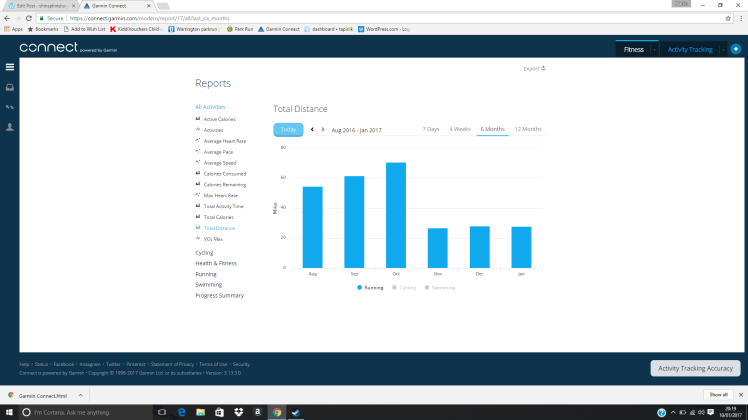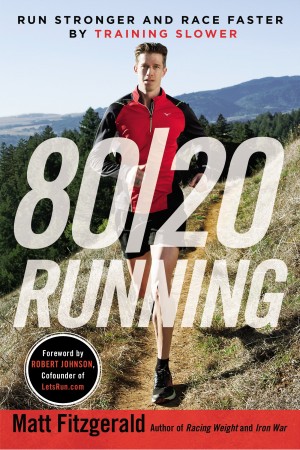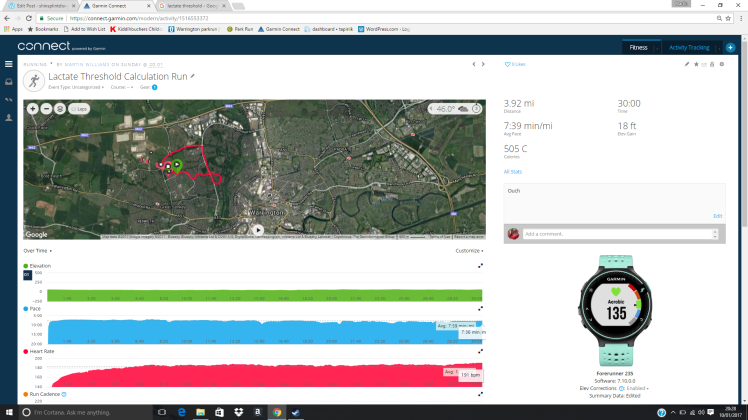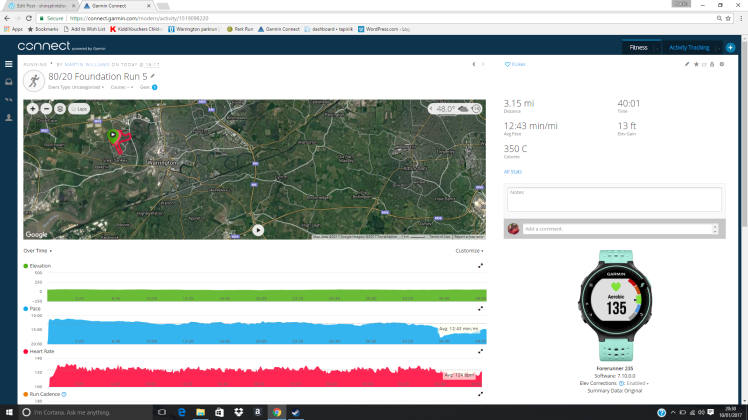Rather than bore anyone with the whole “New year, New me” nonsense, the only commitment I made to myself this year was to try and find a more structured approach to my training for 2017. I haven’t set any targets for PBs or races completed or anything like that, I simply want to conduct my training in a way that will enhance my running, rather than setting out each time I run and wonder how far and how fast I need to go.Although the latter has served me pretty well over the last 12 months, I could tell that by the end of 2016 my running had become a bit stale. Indeed, after the Chester Metric Marathon in October, my running felt really flat and I had a proper case of missing mojo. I didn’t go to running club at all, and managed to find lots of excuses for why I wasn’t going to run today, tomorrow etc. I guess we all hit a hump like this every so often and although it did freak me out a little, I think I’m over it now.

As luck would have it, for Christmas I was given a copy of “80/20 Running” by Matt Fitzgerald. The cover promised much, with the impress strap line of “Run stronger and race faster by training SLOWER”. Who wouldn’t be intrigued right.

I demolished the book over the New Year weekend. The background to the system is that we do far too much of our running at what we think is an easy or relaxed pace, but when you actually look at the heart rate data, we are always pushing ourselves harder than we think we are, and harder than we need to do, leading to burnout or intensity fatigue. The author argues the case for training in a way similar to elite athletes and doing 80% of your running at a low intensity and only 20% at a moderate to high intensity. These different intensities are governed by 5 heart rate zones, which are in turn calculated by your lactate threshold (the exercise intensity at which the blood concentration of lactate and/or lactic acid begins to exponentially increase. Often expressed as 85% of maximum heart rate or 75% of maximum oxygen intake)
Before you can set your HR zones on your all important Garmin (other GPS units available :-)) you need to know your lactate threshold. The book advises the best way to do this is to run as far as you can in 30 minutes, with your average hr over the last 10 minutes of the run being your lactate threshold. I did my calculation run this week and it was certainly tough. This gave me the figure i needed to set my 5 HR zones.

So, after entering my lactate threshold into Garmin and letting it set my new HR zones I trudged off today on my first training plan run. The goal was to do 5mins warm up in HR zone 1, 30 mins running in the “easy” zone 2, followed by 5 minutes cool down in zone 1 again. OMG this was one of the hardest runs I have ever done. Firstly, the urge to increase speed had to be fought with every sinew of my body. You naturally urge to go faster and faster as you know you have it within you, and our main measure as runners and racers is pace or time. Having to govern my run by my HR was very frustrating. It seemed that anything more than a gentle plod would send me into HR zone 3 (the aerobic training zone) which I knew wasn’t the goal. It was the longest 40 minutes of my life and I finished with perhaps my slowest pace fr a run ever. No, seriously. My 4 year old daughter runs faster at Junior Parkrun on a Sunday morning. I cursed the training plan, myself, the world in general and generally was very grumpy.

It was only when I had been home for a while that I uploaded the run and looked at it in more detail. I couldn’t shake the feeling I must have done something wrong somewhere as I could get into the aerobic zone by basically just walking briskly. Rather than rely upon the watch to calculate my HR zones I did it by hand using the guidance from the book. Surprise surprise, but my initial HR zone calculations were way out. No bloody wonder I was having to slow down so much to get in to the right HR zone. I was both relieved that it was a simple error, but also annoyed……that it was a simple error. My faith had been shaken in the plan at a very early stage, so I was relieved to find that it was me that was at fault and not a dodgy training plan to have picked or that my heart was somehow beating freakishly fast.
So tomorrow I will set out again and to a replay of today, this time with the correct settings on my GPS. We’ll chalk this one up to experience.